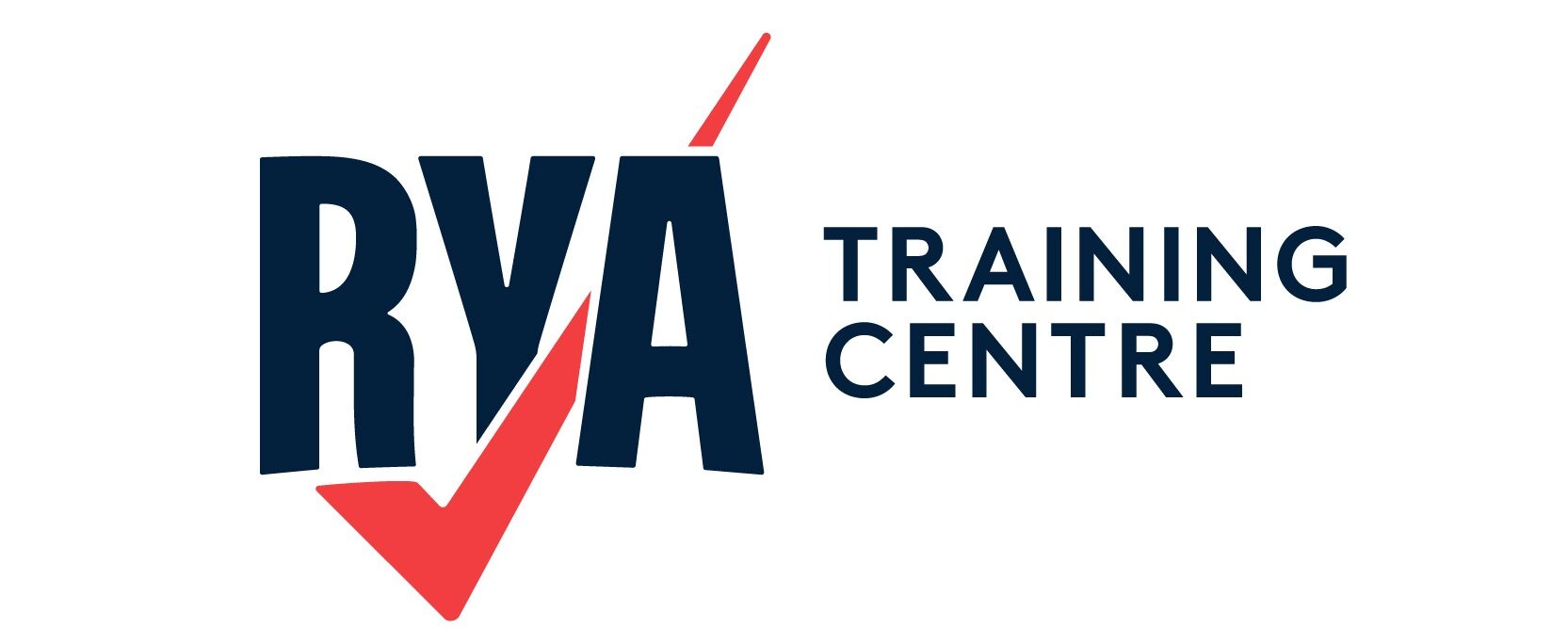Anchor Watch
 Anchor watch is when you post crew members to take lookout duty on a rotation through the night. It is extremely important to avoid collision, even at anchor. Inclement weather, an anchorage that is susceptible to wind and tide changes, whether the area is busy, or if you just wish to stay prudent, are all good reasons why you might post an anchor watch.
Anchor watch is when you post crew members to take lookout duty on a rotation through the night. It is extremely important to avoid collision, even at anchor. Inclement weather, an anchorage that is susceptible to wind and tide changes, whether the area is busy, or if you just wish to stay prudent, are all good reasons why you might post an anchor watch.
Anchor Watch System
If you have four crew members on board, a 3 or 4 hour watch rotation works well. The crew member awake should set a quiet alarm for themselves (every 15-30 minutes) so they do not accidentally fall asleep.
Anchor Watch Planning
- Before the anchor watch commences, check the weather forecast to make sure it hasn’t changed significantly.
- Work out the tide times and heights. You are more likely to drag anchor at high water and at the turn of the tide. During low water, you will have more chain on the seabed, offering more safety.
- Agree and set the scope on the anchor.
- Establish your transits and set your anchor alarm.
- Just in case you need to ditch your anchor during the night, thread a long line attached to a fender through the last link. This will allow you to locate and retrieve it at a later date.
- Before the crew turn in for the night, prepare a flask of boiling water for hot drinks. Boiling the kettle constantly might annoy those trying to sleep. Prepare snacks/food to save time and reduce noise from the galley too.
- Keep crew below deck if possible. Always ensure a personal flotation device (PFD) with harness is worn if they are in the cockpit. Crew members should have a personal locator beacon (PLB) affixed to their PFD.
Anchor Watch Orders
Detail and set standing orders in your crew briefing about when to wake the skipper. For example, if the anchor moves over a certain amount of metres, the anchor alarm sounds and your transits do not align.

